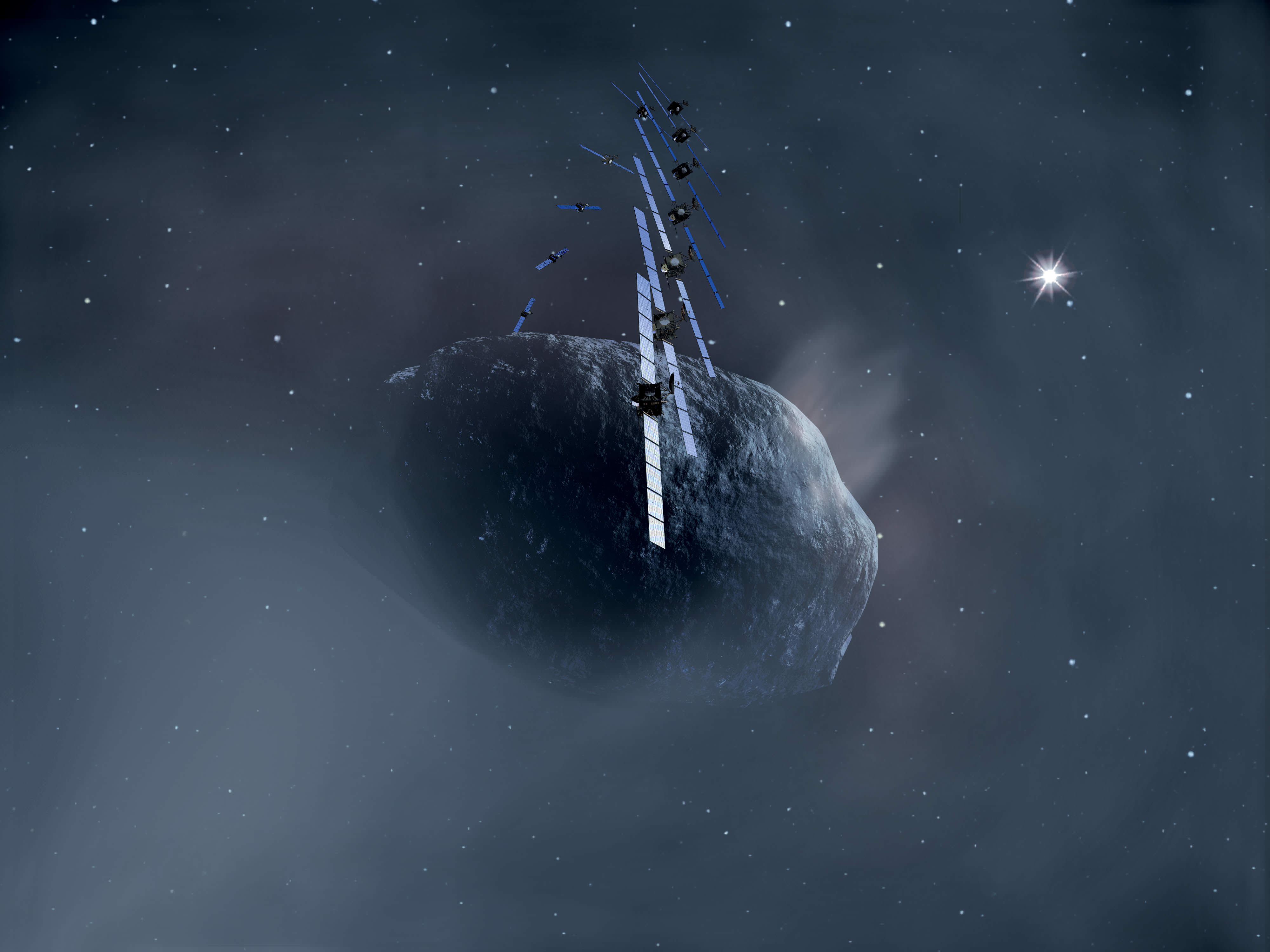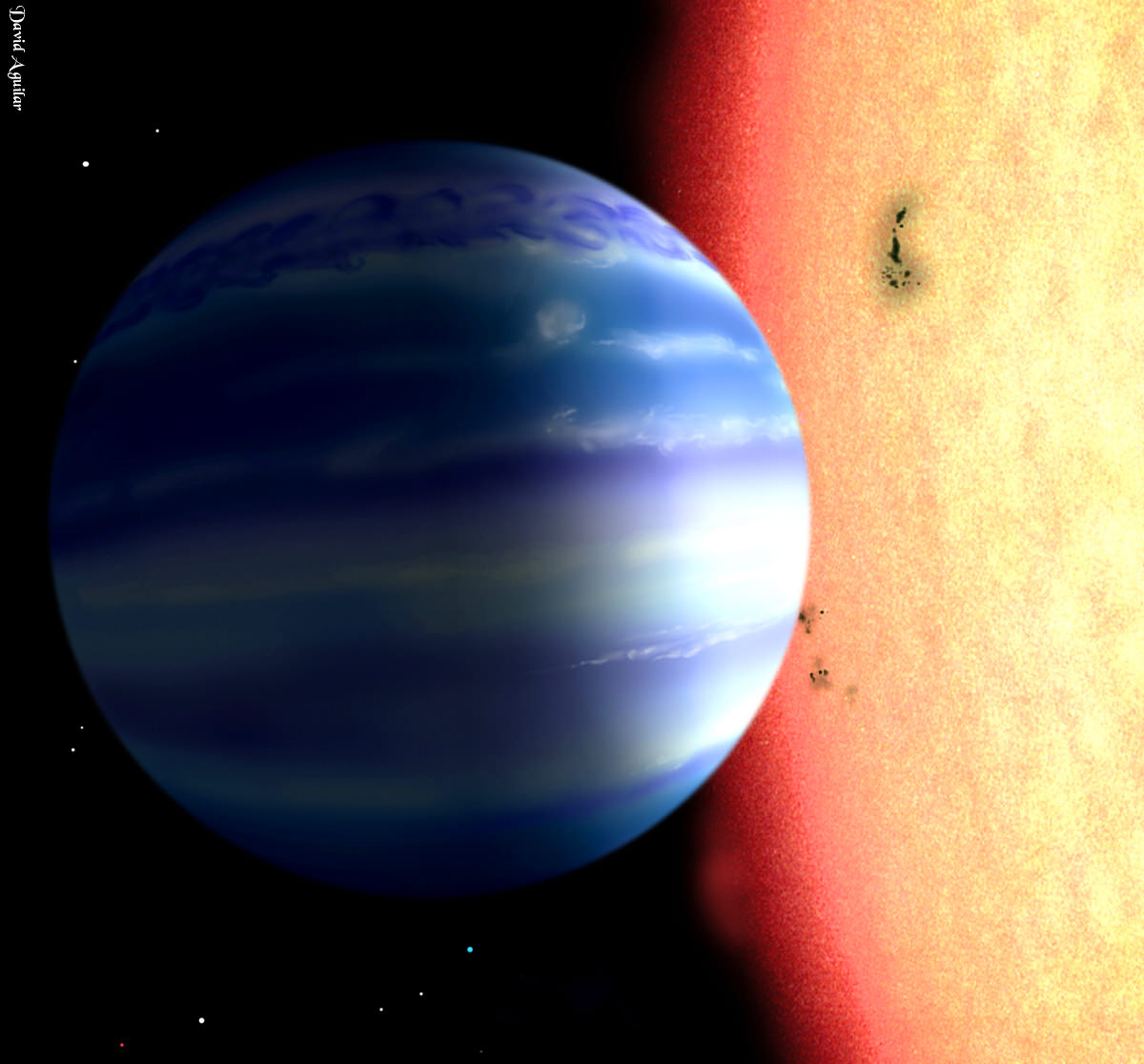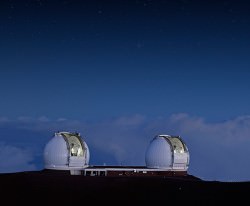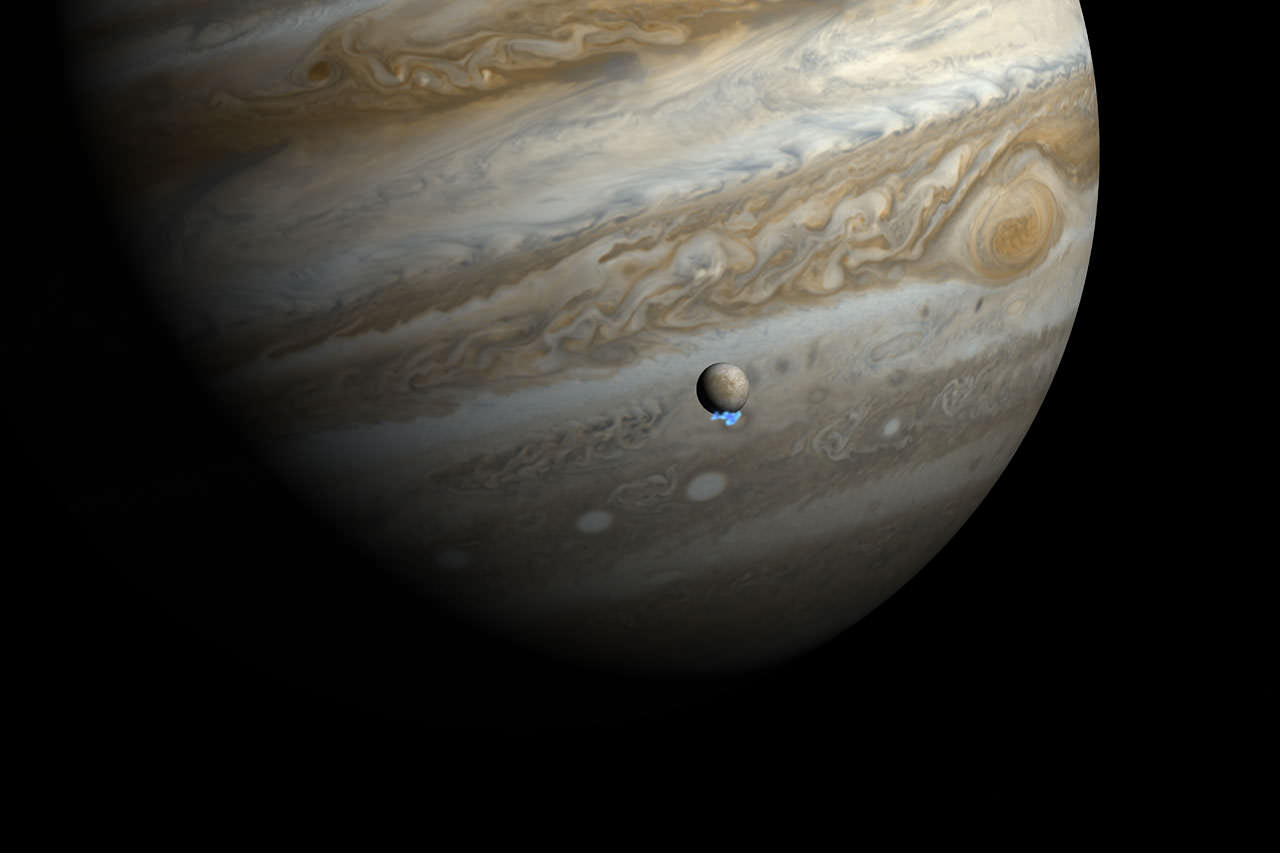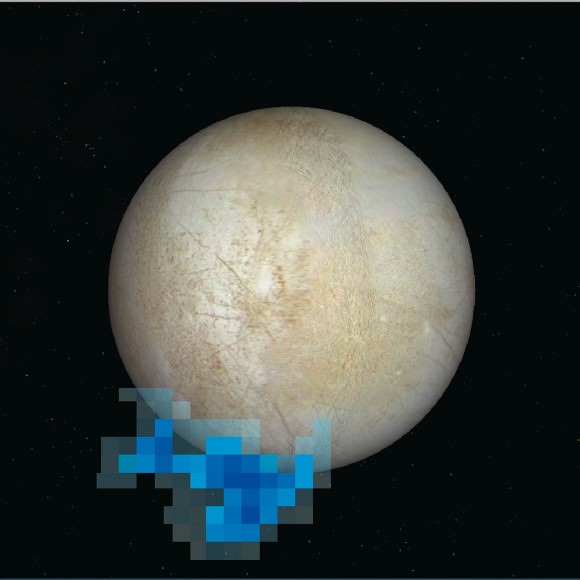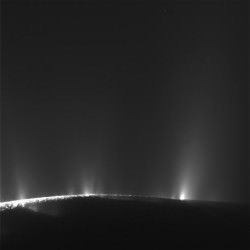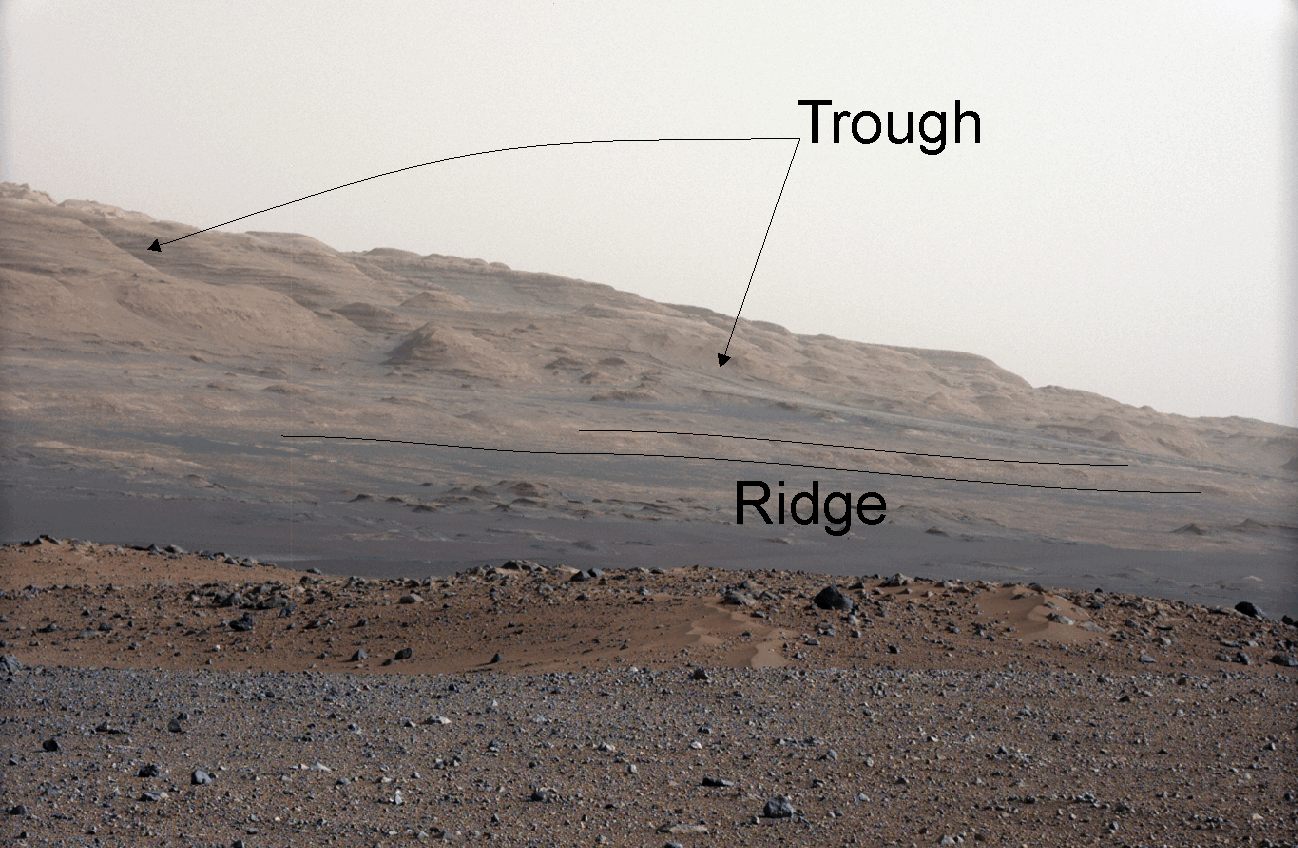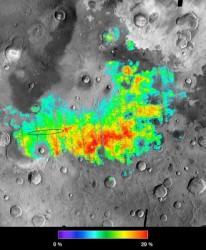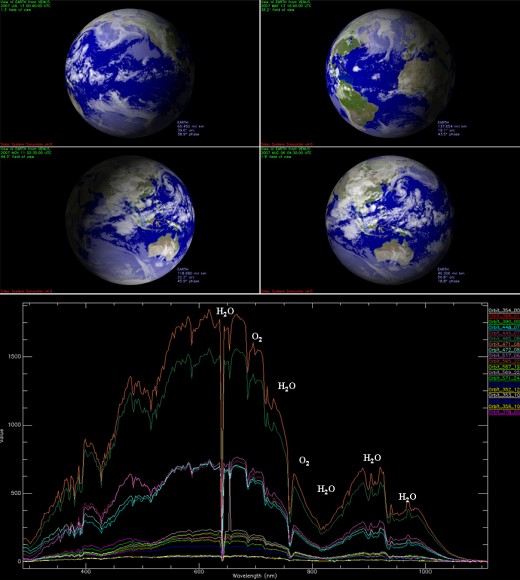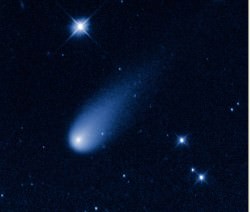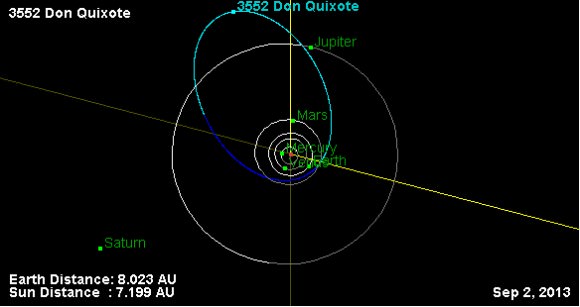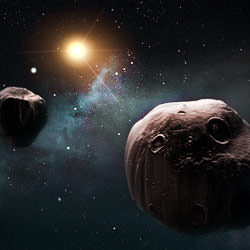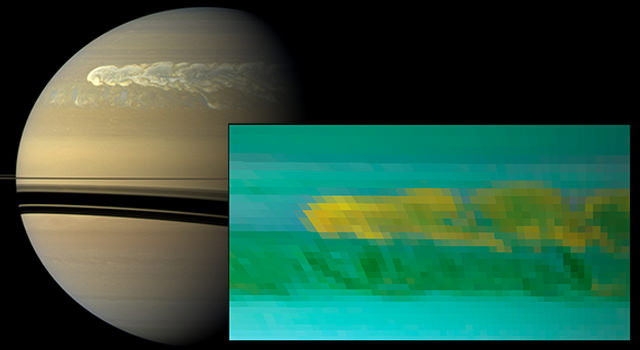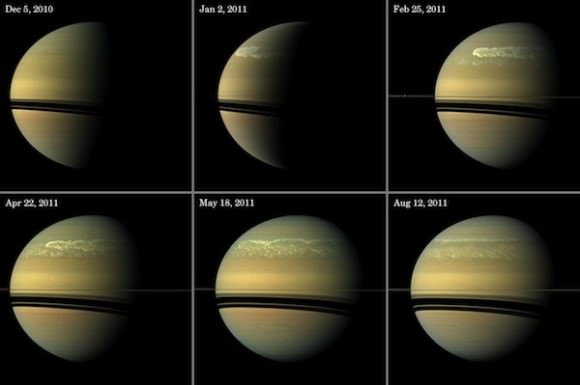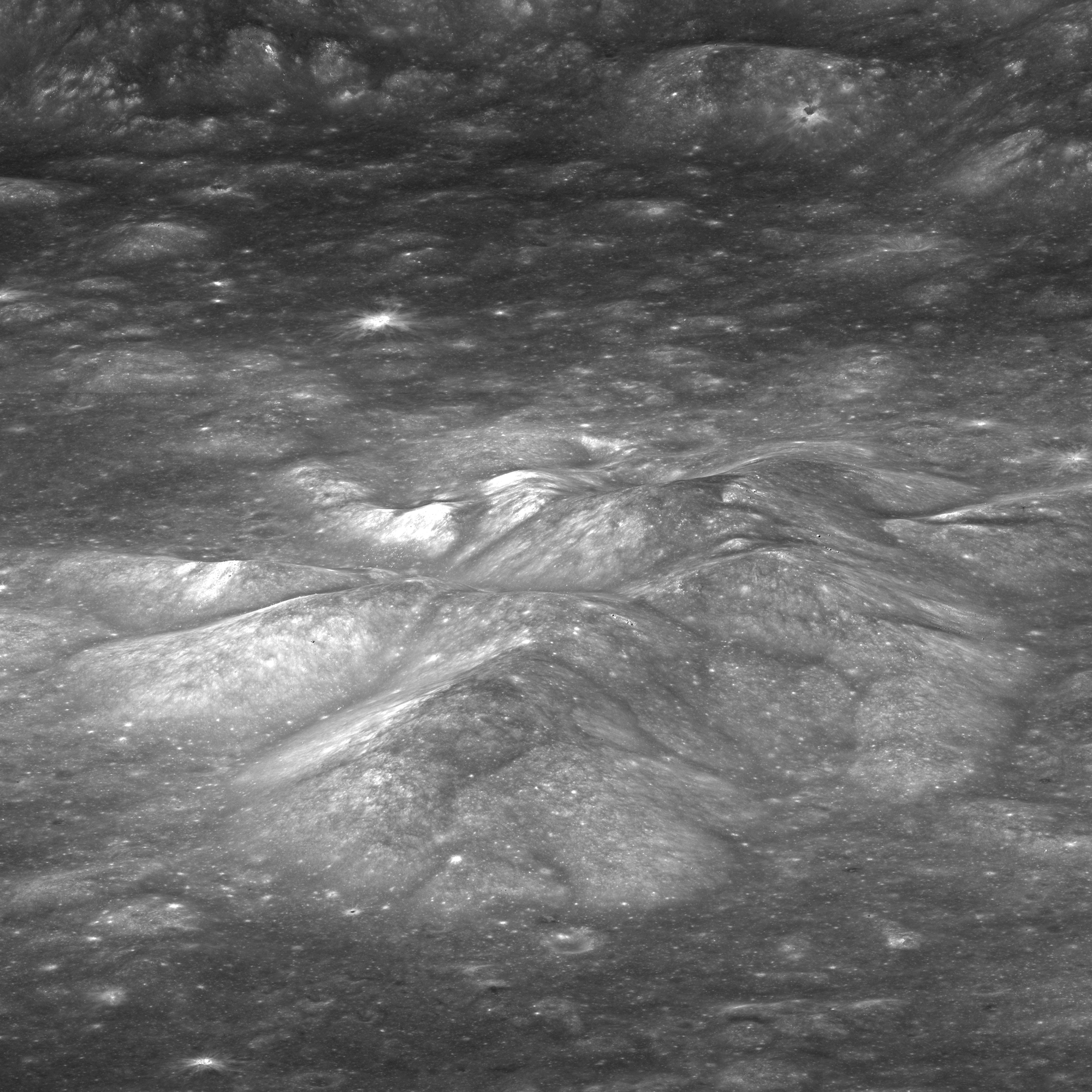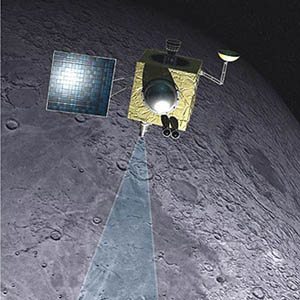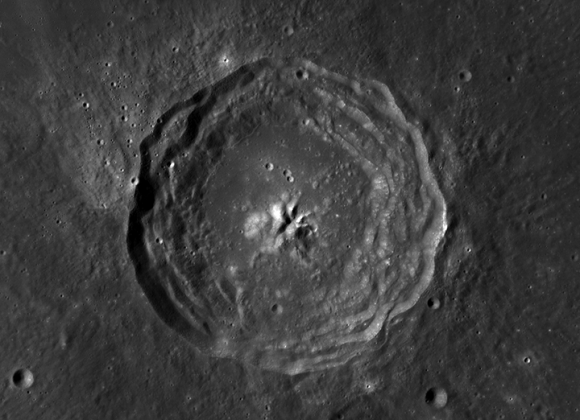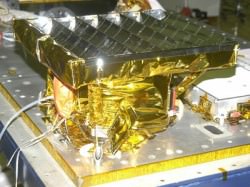It’s no surprise that there is a lot of water in comets. The “dirty snowballs” (or dusty ice-balls, more accurately) are literally filled with the stuff, so much in fact it’s thought that comets played a major role in delivering water to Earth. But every comet is unique, and the more we learn about them the more we can understand the current state of our Solar System and piece together the history of our planet.
ESA’s Rosetta spacecraft is now entering the home stretch for its rendezvous with comet 67P/Churyumov-Gerasimenko in August. While it has already visually imaged the comet on a couple of occasions since waking from its hibernation, its instruments have now successfully identified water on 67P for the first time, from a distance of 360,000 km — about the distance between Earth and the Moon.
The detection comes via Rosetta’s Microwave Instrument for Rosetta Orbiter, or MIRO, instrument. The results were distributed this past weekend to users of the IAU’s Central Bureau of Astronomical Telegrams:
S. Gulkis, Jet Propulsion Laboratory, California Institute of Technology, on behalf of the Microwave Instrument on Rosetta Orbiter (MIRO) science team, reports that the (1_10)-(1_01) water line at 556.9 GHz was first detected in Comet 67P/Churyumov-Gerasimenko with the MIRO instrument aboard the Rosetta spacecraft on June 6.55, 2014 UT. The line area is 0.39 +/-0.06 K km/s with the line amplitude of 0.48 +/-0.06 K and the line width of 0.76 +/-0.12 km/s. At the time of the observations, the spacecraft to comet distance was ~360,000 km and the heliocentric distance of the comet was 3.93 AU. An initial estimate of the water production rate based on the measurements is that it lies between 0.5 x 10^25 molecules/s and 4 x 10^25 molecules/s.
Although recent images of 67P/C-G seem to show that the comet’s brightness has decreased over the past couple of months, it is still on its way toward the Sun and with that will come more warming and undoubtedly much more activity. These recent measurements by MIRO show that the comet’s water production rate is “within the range of models being used” by scientists to anticipate its behavior.
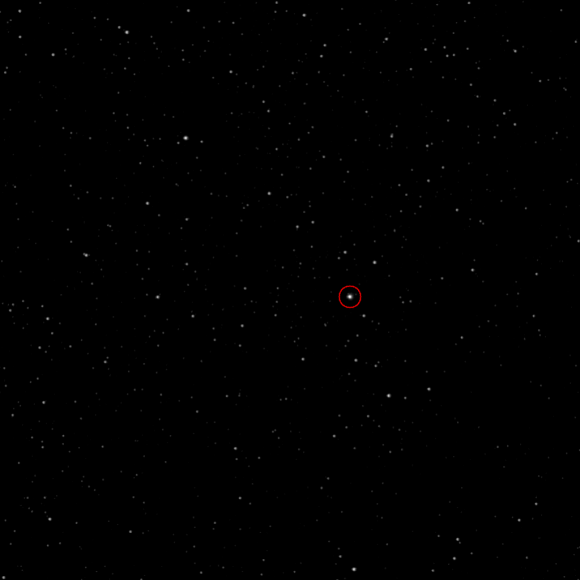
Read more: What Will Rosetta’s Comet Look Like?
This August Rosetta will become the first spacecraft to establish orbit around a comet and, in November, deploy its Philae lander onto its surface. Together these robotic explorers will observe first-hand the changes in the comet as it makes its closest approach to the Sun in August 2015. It’s going to be a very exciting year ahead, so stay tuned for more!
Learn more about the Rosetta mission here.
Source: ESA’s Rosetta blog

